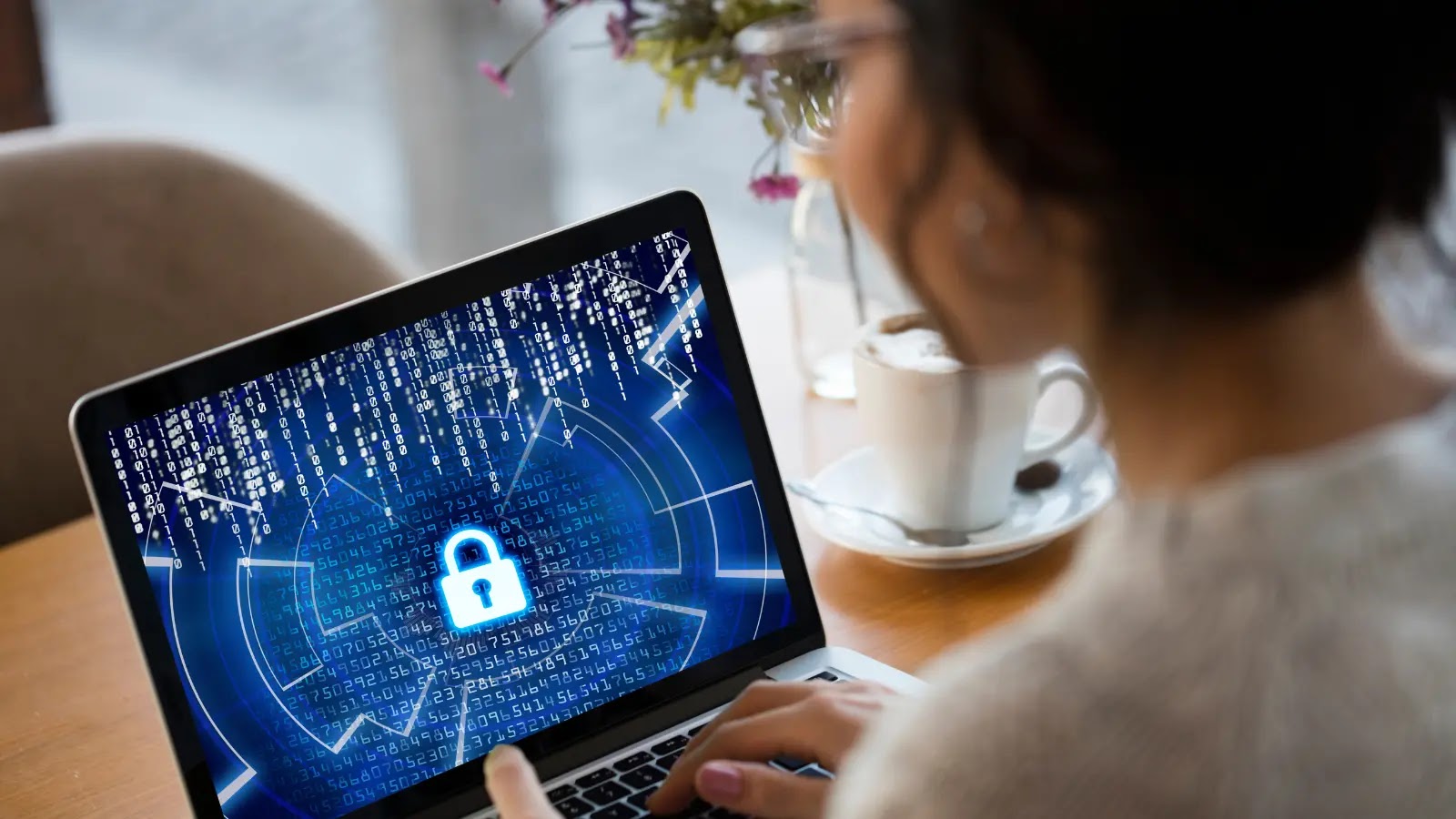As we progress through 2025, Chief Information Security Officers (CISOs) are confronted with an increasingly complex threat landscape. Technological advancements, geopolitical tensions, and sophisticated cybercriminal tactics have elevated the importance of robust cybersecurity strategies. The role of CISOs has evolved from technical oversight to strategic business leadership, necessitating a balance between security imperatives and organizational objectives.
The Evolving Threat Landscape in 2025
The cybersecurity environment in 2025 presents a convergence of advanced threats and digital transformation challenges. Cybercriminals have enhanced their capabilities, leveraging generative AI to craft convincing phishing campaigns and develop sophisticated attack vectors. The widespread adoption of cloud services, remote work arrangements, and Internet of Things (IoT) deployments has expanded organizational attack surfaces, effectively dissolving traditional security perimeters. This evolution places unprecedented pressure on CISOs, who must address both technical vulnerabilities and strategic business risks. The interconnectivity of digital systems amplifies the potential impact of security breaches, with incidents in one area potentially cascading throughout interconnected business ecosystems. CISOs must recognize that their role extends beyond technology management to include risk communication, strategic planning, and cross-functional leadership.
Top 5 Cybersecurity Risks in 2025
1. Shadow AI and Unstructured Data Vulnerabilities
The proliferation of unsanctioned AI models across enterprise environments introduces significant security risks. Organizations are shifting their security investment strategies to address this shift from protecting structured data to securing unstructured data, including text, images, and videos that feed large language models. Unregulated AI applications can lead to data leaks, intellectual property theft, and compliance violations. CISOs must implement comprehensive policies to monitor and control AI usage within their organizations, ensuring that all AI deployments adhere to established security protocols.
2. Human Error and Social Engineering
Human error remains a leading cybersecurity concern, with many attacks initiated through phishing. Cybercriminals exploit human psychology to gain unauthorized access to systems and data. Organizations must balance technological controls with human-centered security approaches to reduce this risk. Regular training programs, simulated phishing exercises, and fostering a culture of security awareness are essential strategies to mitigate the impact of human error.
3. Ransomware Evolution
Sophisticated ransomware operations continue to target critical infrastructure, healthcare systems, and financial institutions. Advanced tactics now include double extortion, where attackers not only encrypt data but also threaten to release sensitive information. The financial and reputational damage from such attacks can be devastating. CISOs must develop and regularly update incident response plans, conduct frequent backups, and implement network segmentation to limit the spread of ransomware within their organizations.
4. Supply Chain Vulnerabilities
As digital ecosystems become more interconnected, attacks targeting third-party vendors have gained prominence. Cybercriminals exploit the trust and access granted to external entities to infiltrate larger organizations, creating complex security challenges beyond traditional organizational boundaries. CISOs must conduct thorough due diligence when selecting vendors, establish stringent security requirements in contracts, and continuously monitor third-party activities to detect and respond to potential threats promptly.
5. Advanced Cyber-Enabled Fraud
Cyber fraud has evolved to include AI-enhanced phishing, vishing, and deepfake technology designed to deceive even vigilant individuals. These attacks target technical systems and human psychology, requiring multi-layered defense strategies. Implementing advanced email filtering, voice authentication systems, and educating employees about the latest fraud techniques are critical measures to combat these sophisticated threats.
Strategic Approaches for CISO Leadership
The evolution of cybersecurity threats in 2025 demands that CISOs adopt more strategic and holistic approaches to security management. Rather than viewing cybersecurity as merely a technical challenge, effective CISOs must position security as a business enabler. This involves integrating security considerations into business decision-making processes, aligning security initiatives with organizational goals, and communicating the value of cybersecurity investments to executive leadership and board members.
CISOs should also foster collaboration across departments to ensure a unified response to cyber threats. Establishing cross-functional teams that include representatives from IT, legal, compliance, and human resources can enhance the organization’s ability to identify, assess, and mitigate risks comprehensively. Additionally, staying informed about emerging threats and regulatory changes is crucial for maintaining a proactive security posture.
Investing in advanced technologies such as artificial intelligence and machine learning can enhance threat detection and response capabilities. However, it’s essential to balance technological solutions with human expertise. Continuous training and development programs for security personnel ensure that the organization remains resilient against evolving threats.
In conclusion, the cybersecurity landscape in 2025 presents complex challenges that require CISOs to adopt strategic, business-focused approaches to risk management. By addressing the top cybersecurity risks—shadow AI and unstructured data vulnerabilities, human error and social engineering, ransomware evolution, supply chain vulnerabilities, and advanced cyber-enabled fraud—CISOs can enhance their organizations’ security posture and resilience in an increasingly digital world.



